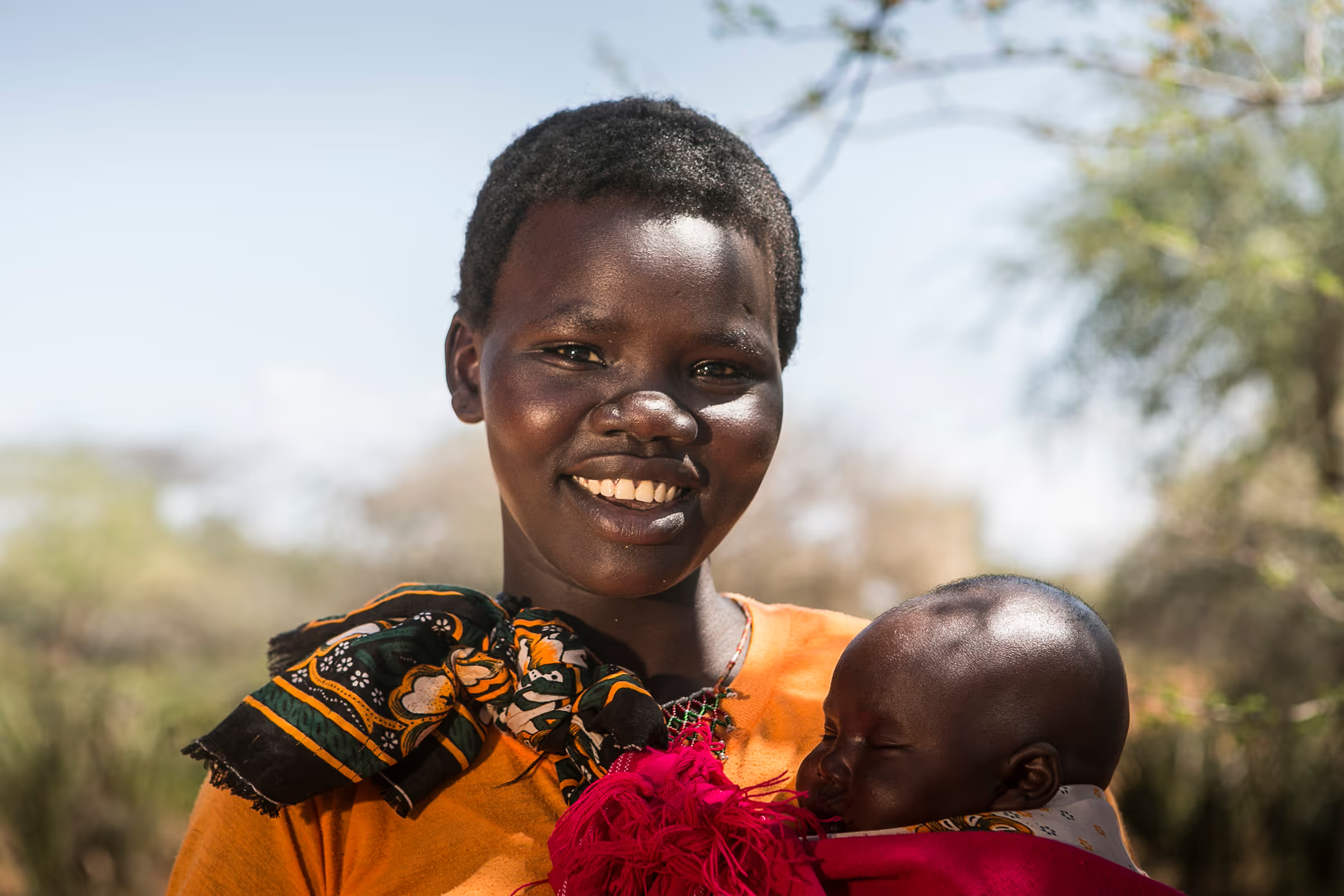Development and testing of a simplified‚ standardised‚ Mid Upper Arm Circumference (MUAC) bracelet for use by mothers and caregivers for the screening of severe acute malnutrition (SAM) at community level.

Project overview
This project will focus on addressing the challenges of acute malnutrition by developing a simplified, standard measurement, MUAC bracelet.
Project solution
This project offers [specific solution or intervention] to tackle [challenge]. By implementing [strategies, tools, or innovations], the project aims to achieve [desired outcomes]. The approach is designed to [specific actions or methods] to bring about meaningful change in [community, region, or issue area].
Expected outcomes
This project aims to achieve [specific outcomes], such as [measurable results, improvements, or changes]. The expected impact includes [benefits to the target community, advancements in research or innovation, or long-term effects]. By the end of the project, we anticipate [specific changes or milestones] that will contribute to [broader goals or objectives].
WHAT IS THE HUMANITARIAN NEED?
There are an estimated 19 million children suffering from severe acute malnutrition (SAM) in the world today, however it is estimated that more than 85% of SAM cases globally still lack access to treatment. A key component in SAM management is establishing sufficient community mobilisation to ensure regular case detection and screening at community level. However, this often entails an over-reliance on community volunteers (CVs) and community health workers (CHWs) to conduct SAM screenings. CVs and CHWs are often responsible for a number of community health activities, have competing priorities, and require regular training.
Another leading barrier in access to SAM treatment is the lack of knowledge of malnutrition on behalf of primary caregivers. A new approach that has recently been developed involves training mothers/caregivers to measure mid-upper arm circumference (MUAC) to detect SAM in their own children. Recent results in this regard have been very encouraging, however they also point to the need to develop a means to standardise the measurement of the MUAC to increase the sensitivity and the specificity of the diagnosis delivered by mothers and primary caregivers.
WHAT IS THE INNOVATIVE SOLUTION?
This project will focus on addressing these challenges by developing a simplified, standard measurement, MUAC bracelet. This will be a highly sensitive and easy-to-use product that will require minimal training by mothers and primary caregivers with low levels of literacy. MUAC measurement is the most common form of anthropometric measurement used at community level for the detection of SAM and is considered to be one of the best proxy indicators for mortality in children aged between 6 to 59 months at community level.
WHAT ARE THE EXPECTED OUTCOMES?
This innovation has the potential to play a significant role in improving the coverage of SAM case detection and therefore uptake of SAM treatment. It is expected that SAM diagnosis at community level will be improved which would lead to less rejection of false positives at the health centre level.
In addition, previous evidence has demonstrated that when mothers are empowered to monitor their own child’s nutrition status, they are more likely to take the child for treatment in a timely manner. Early presentation of cases at the health centre improves treatment outcomes and can positively impact treatment coverage.
Project delivery & updates
Stay up to date with the latest developments from this project. Here, you will find details on what has been delivered, resources created, and regular updates as the project progresses. Access key documents, reports, and other materials to see how the project is making an impact.
Resources
Journal article
LEARN MOREReport
LEARN MORE